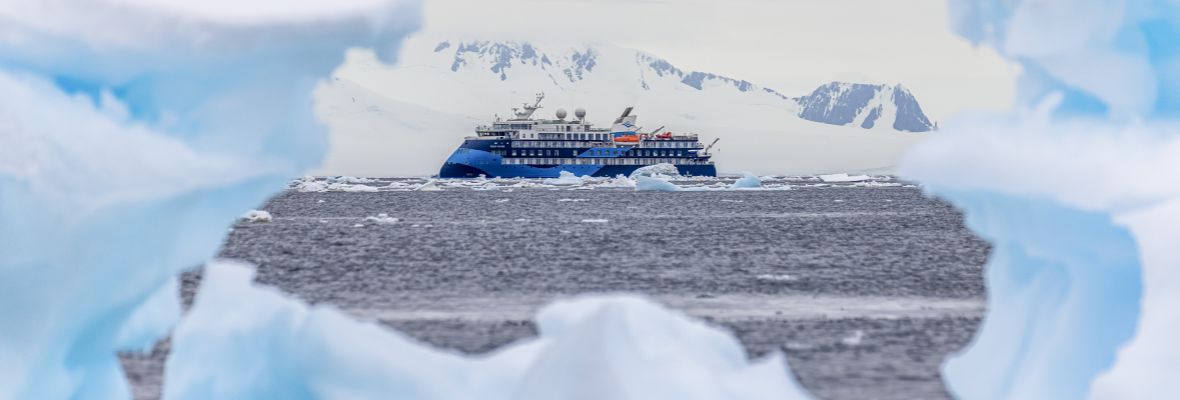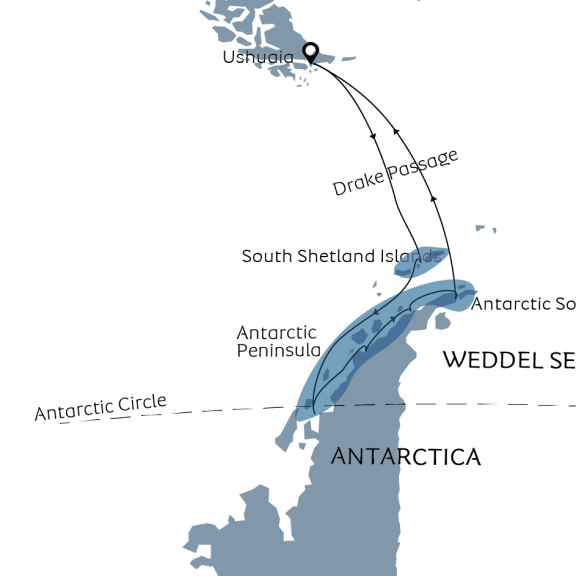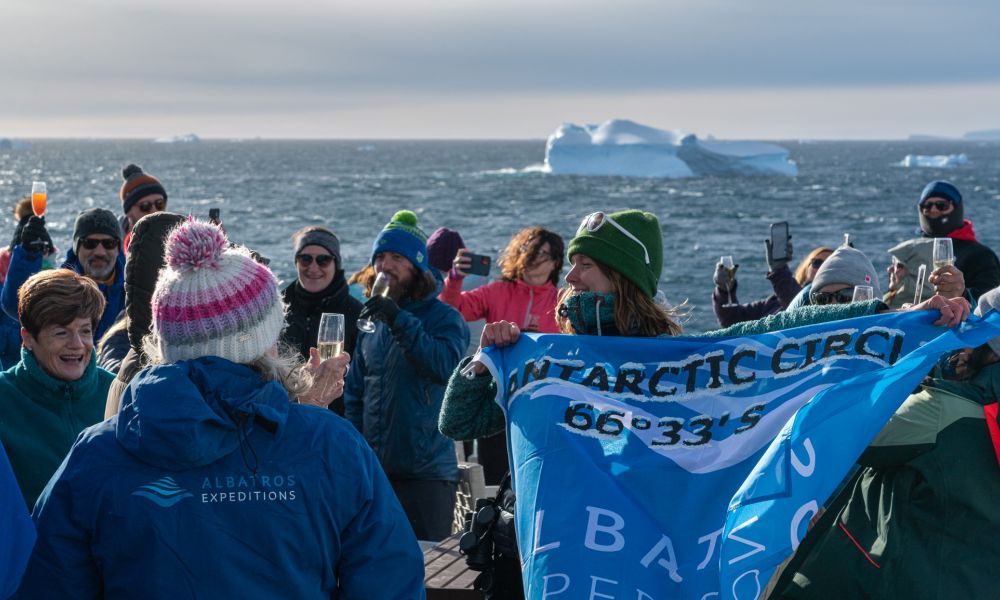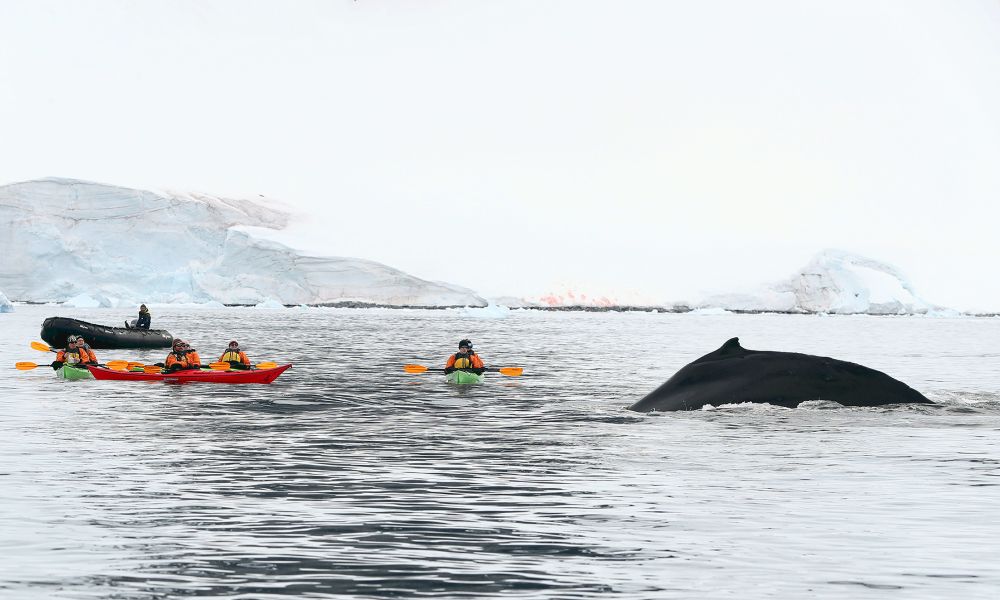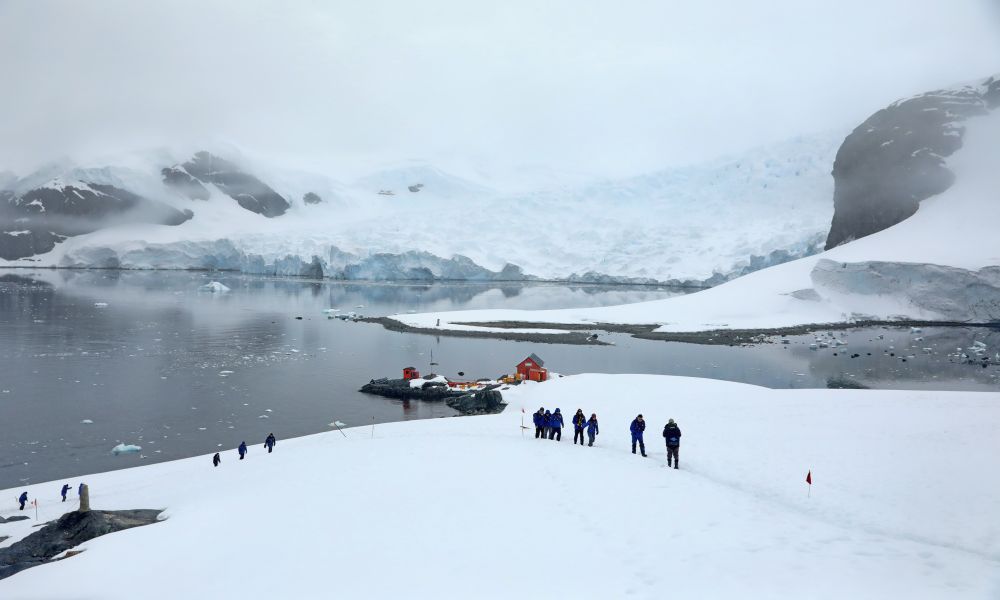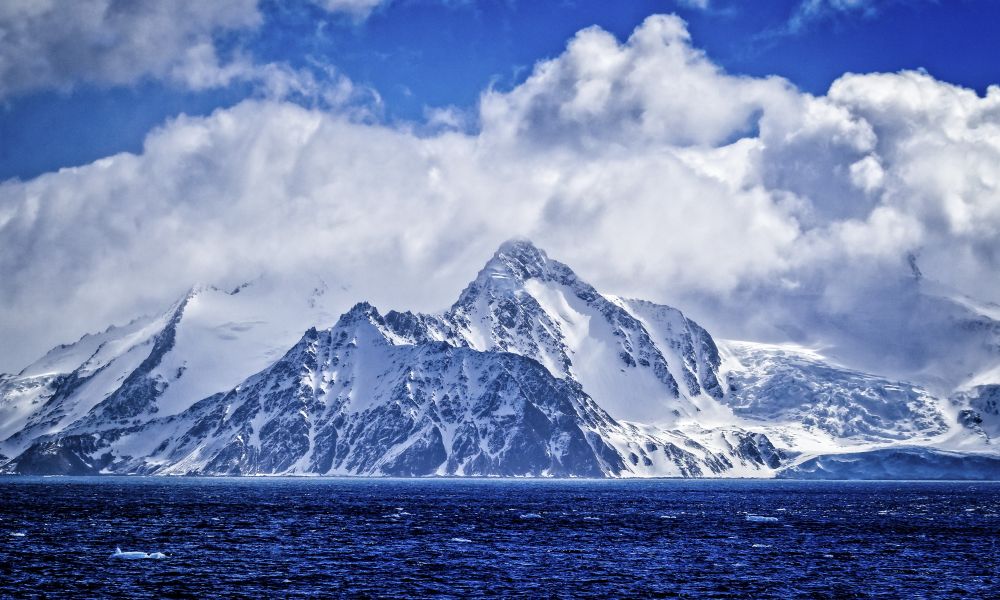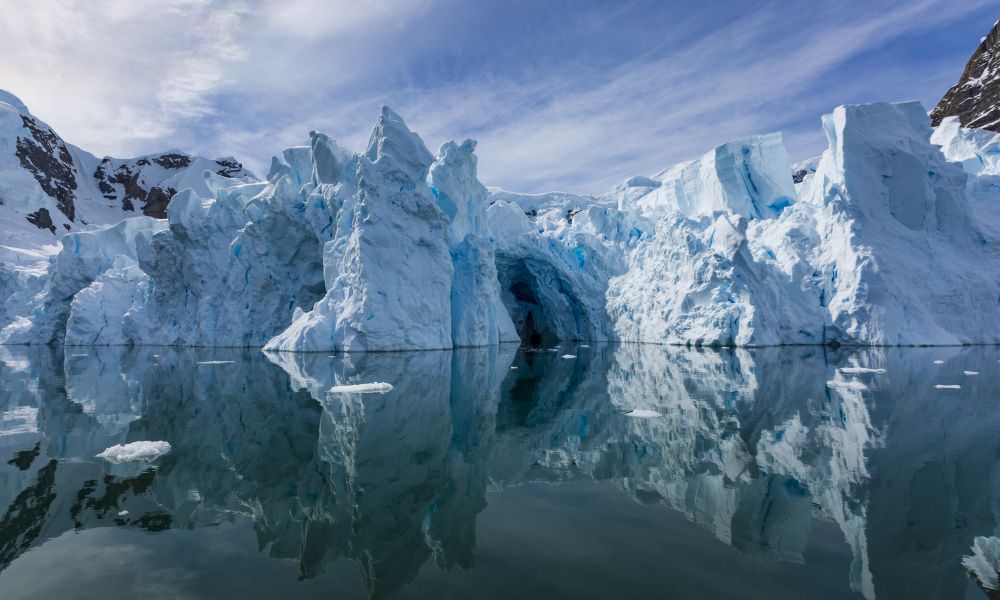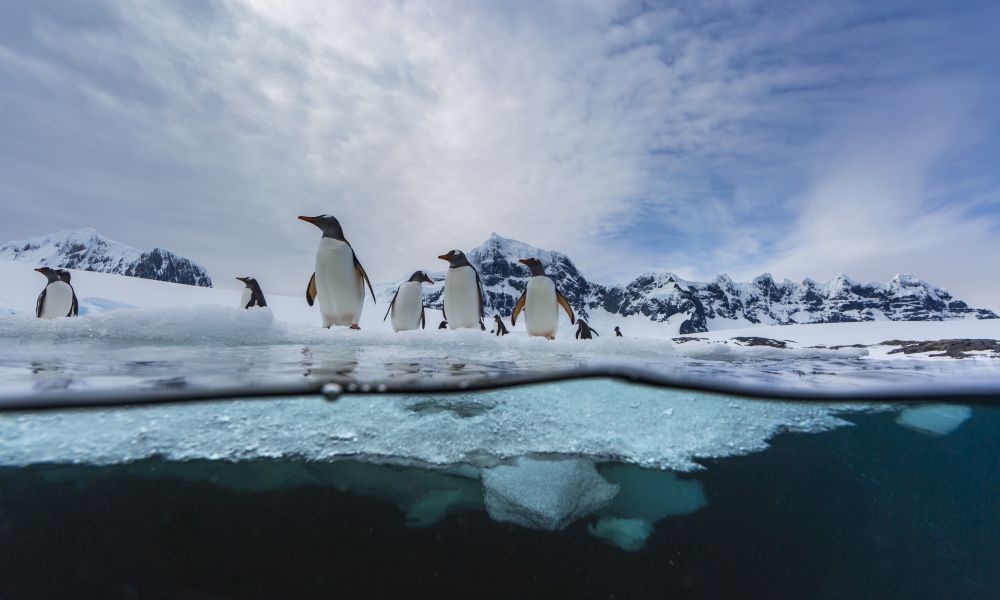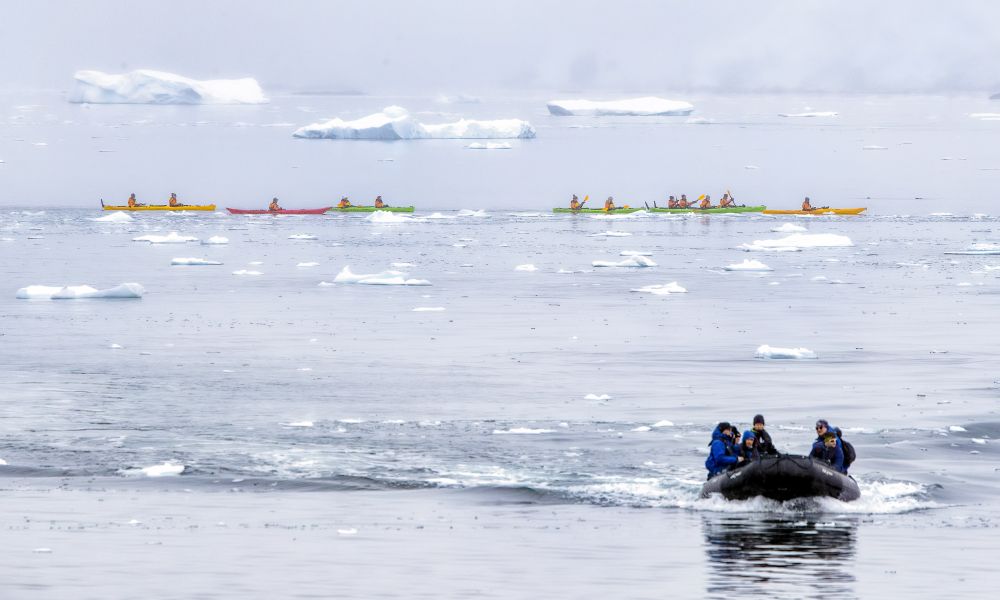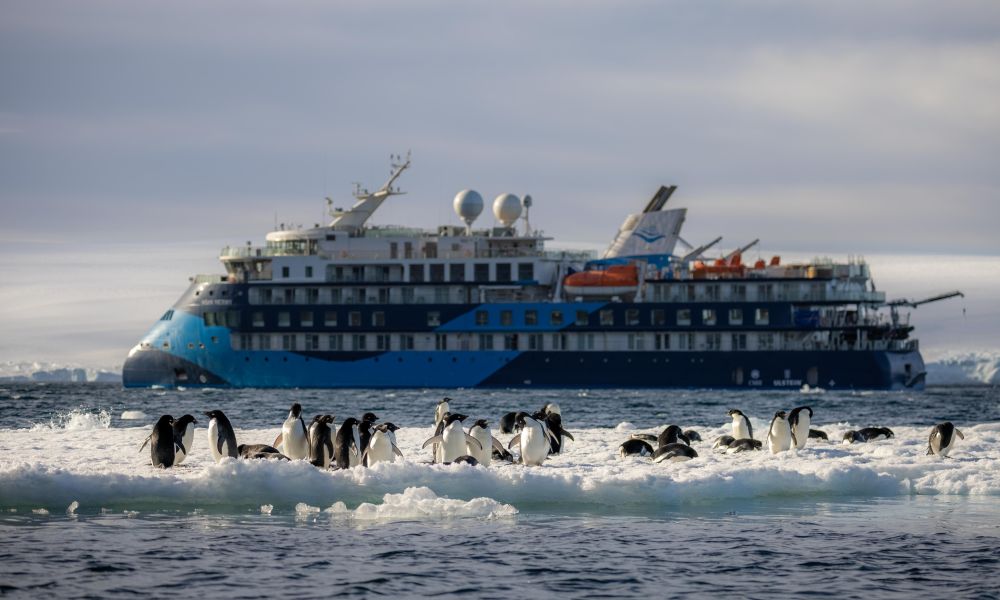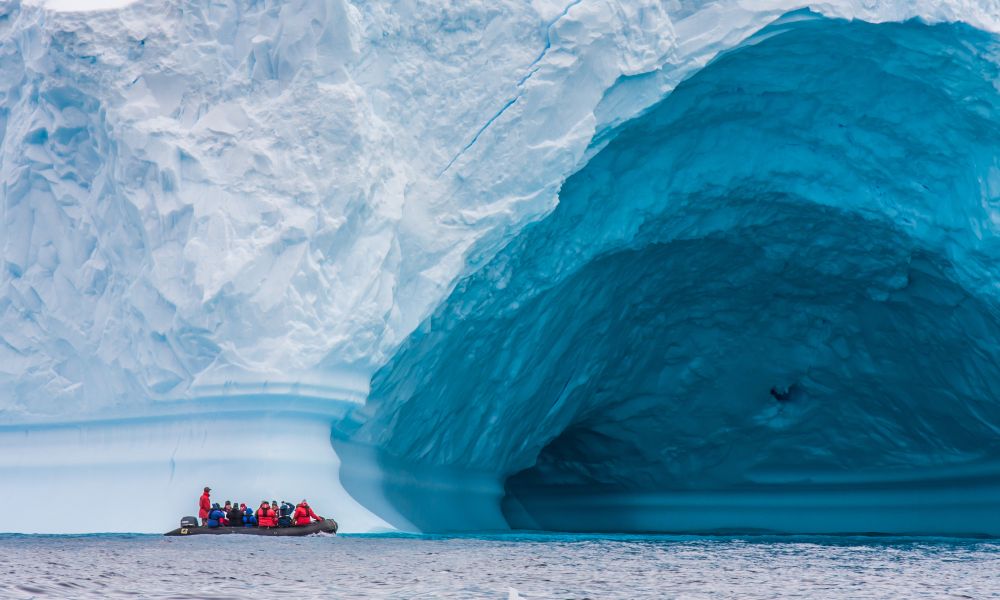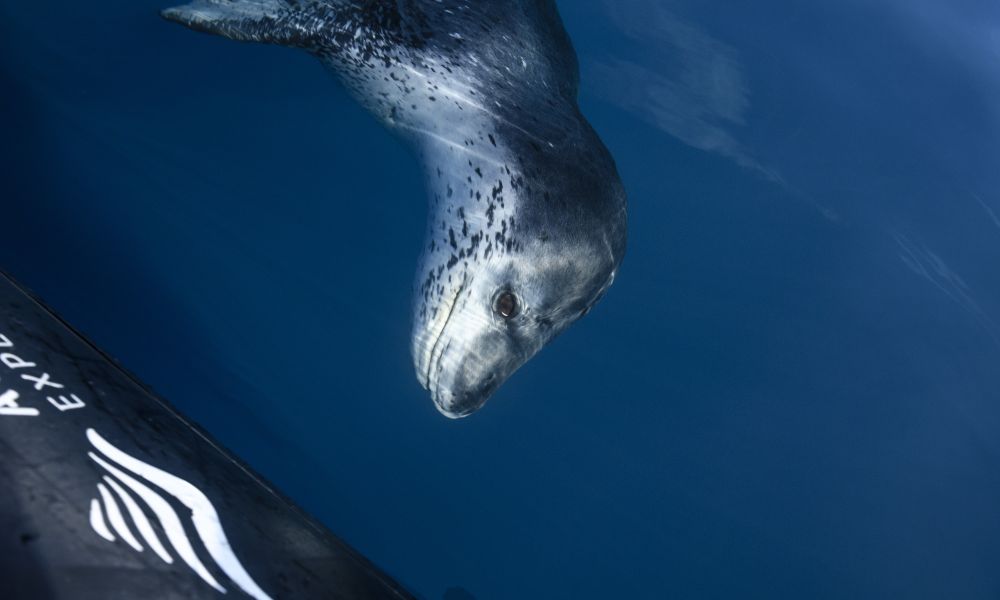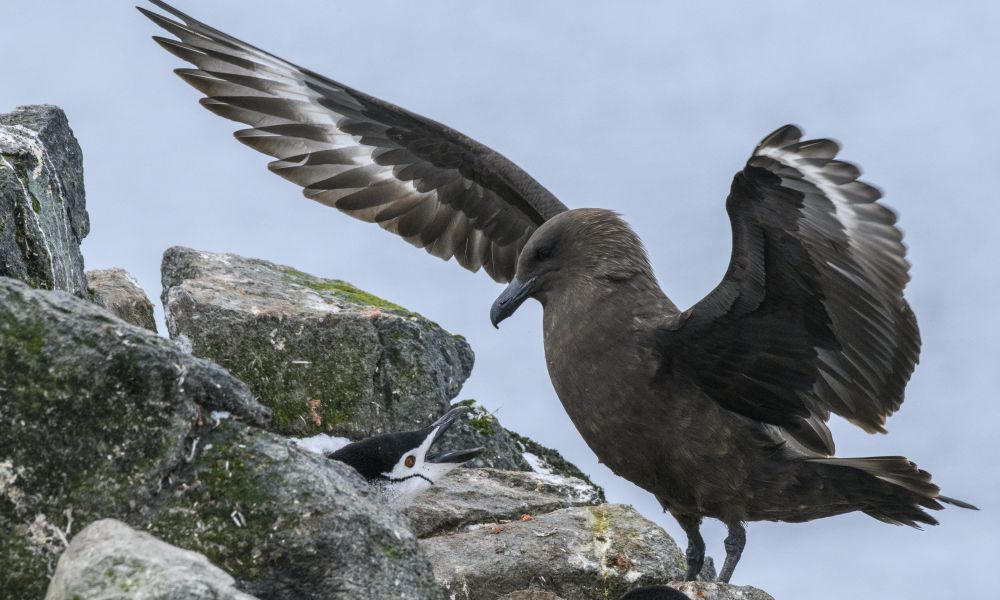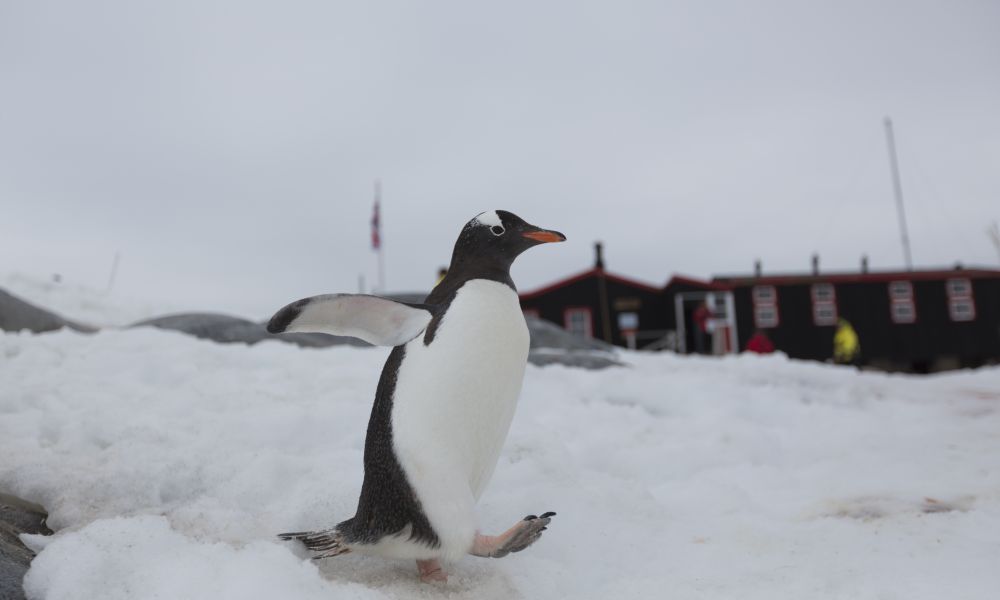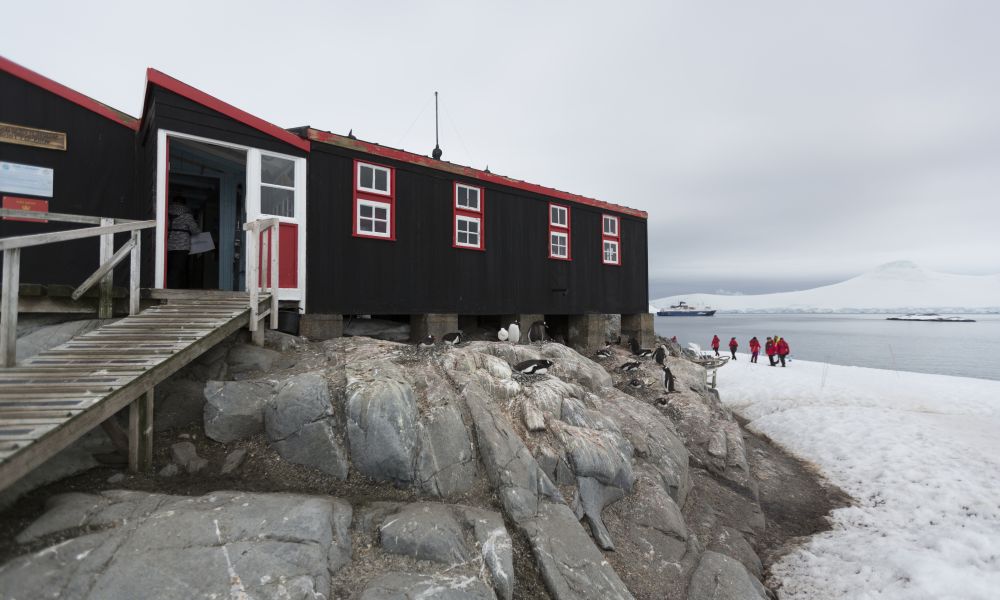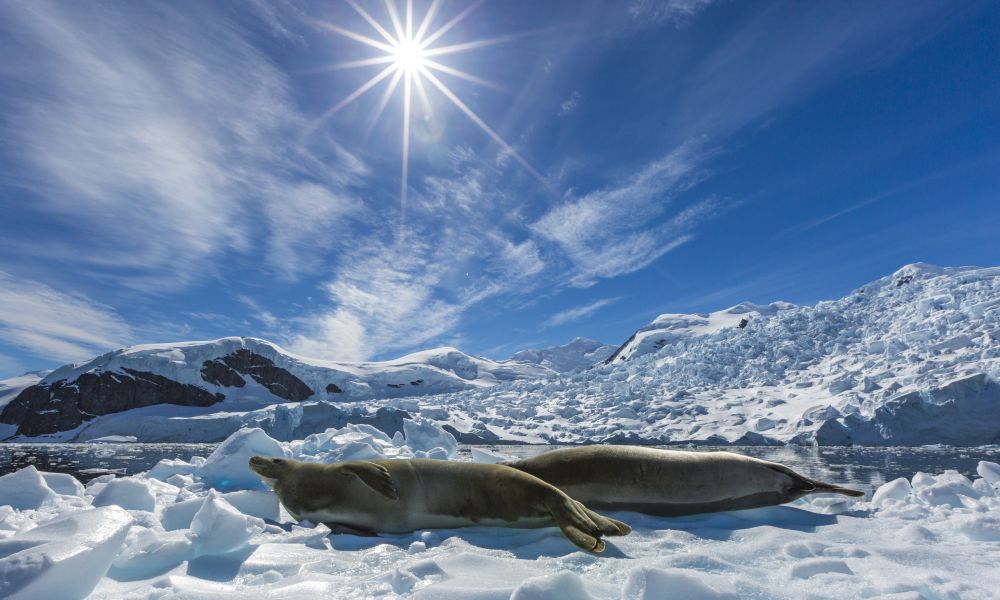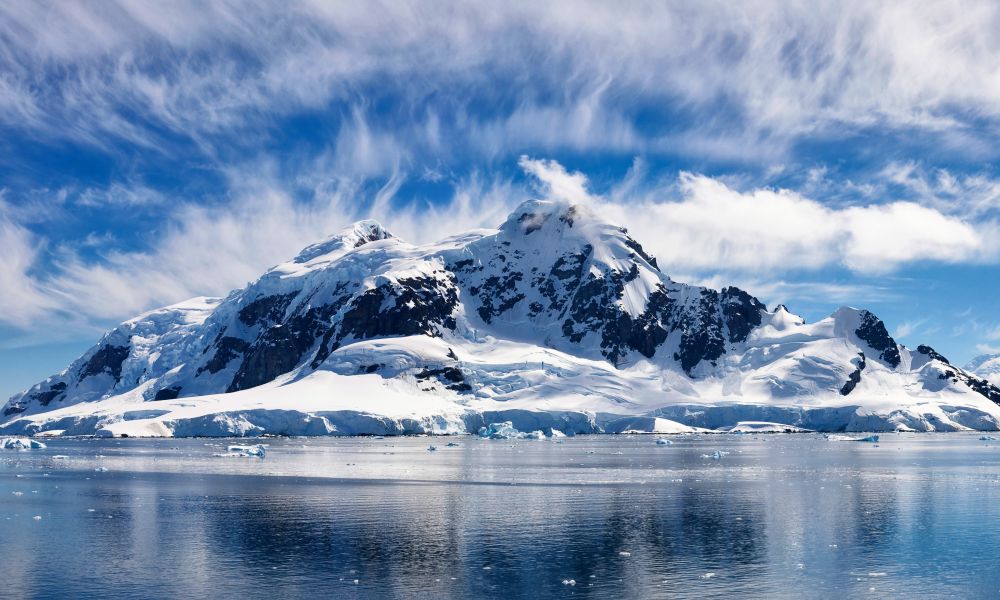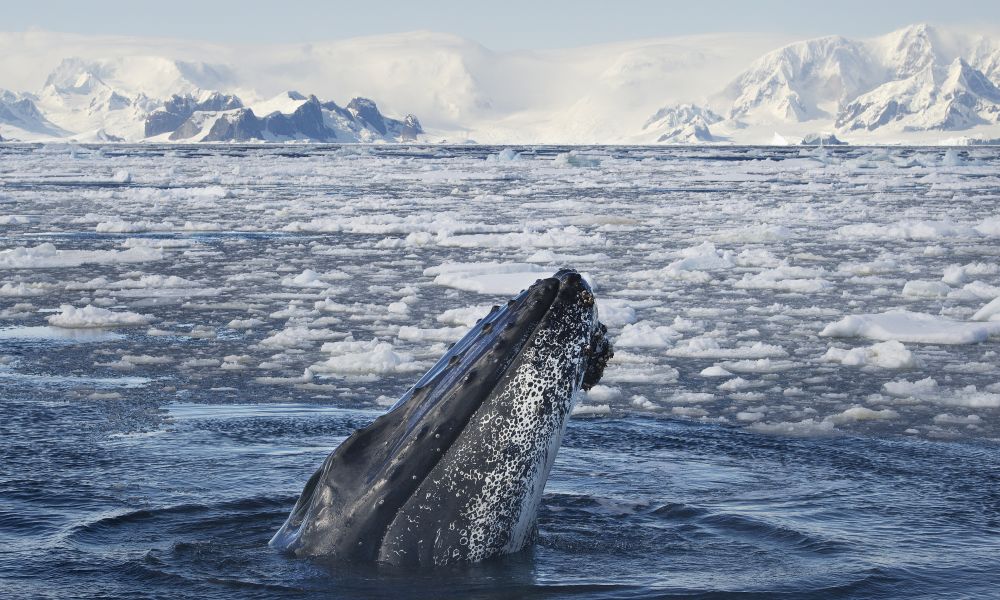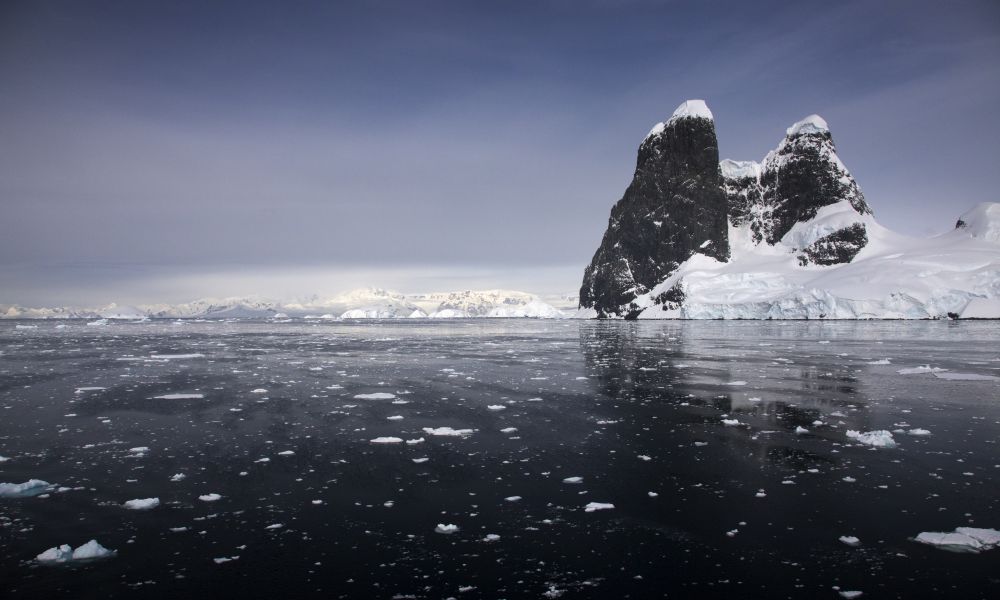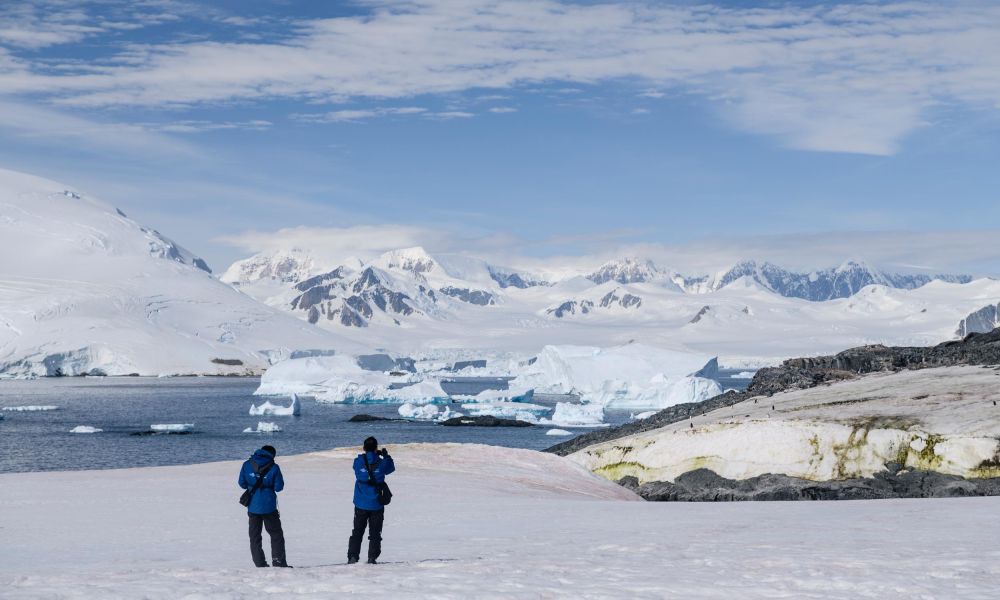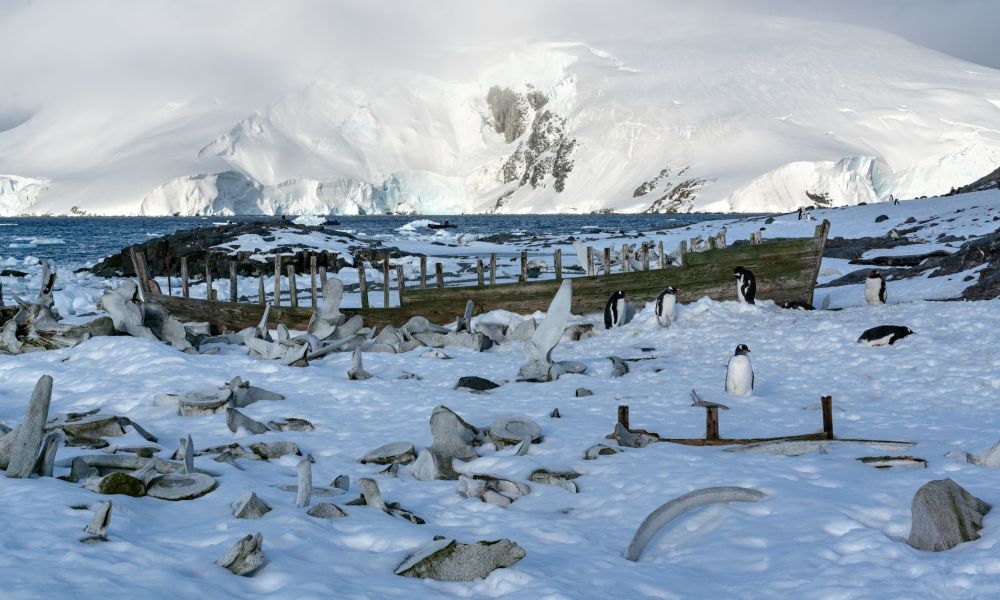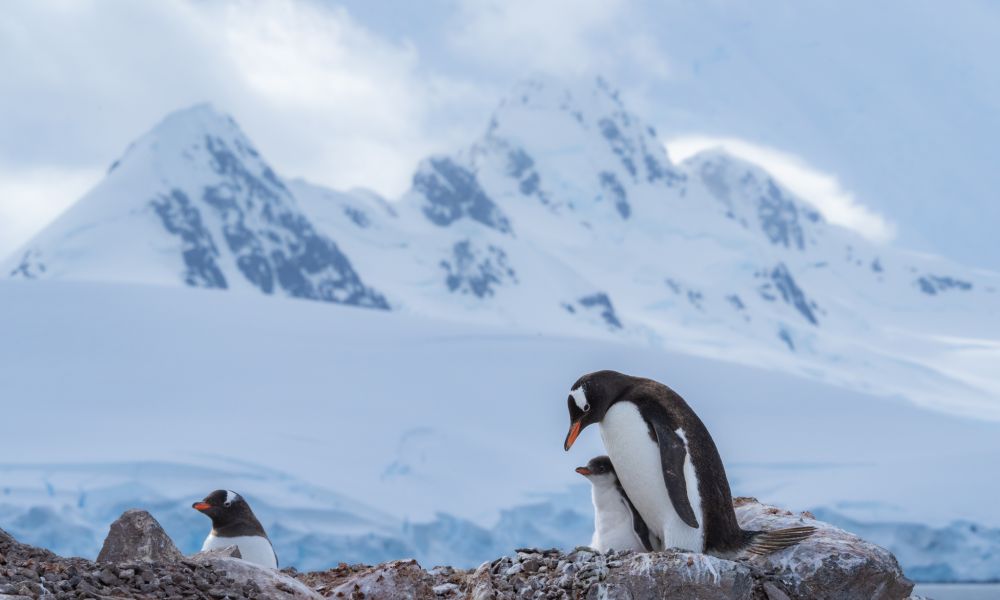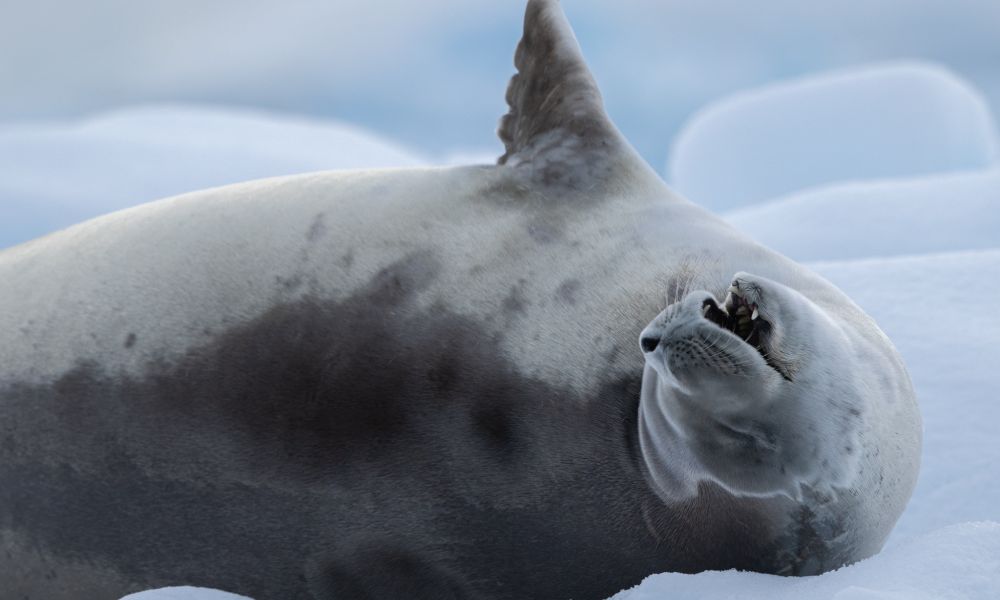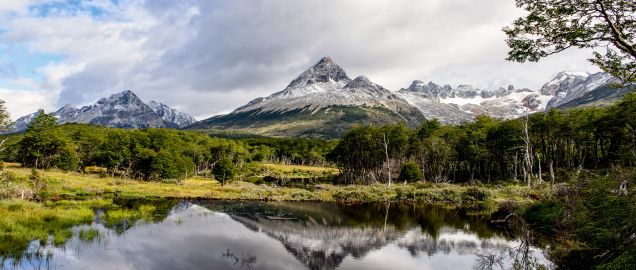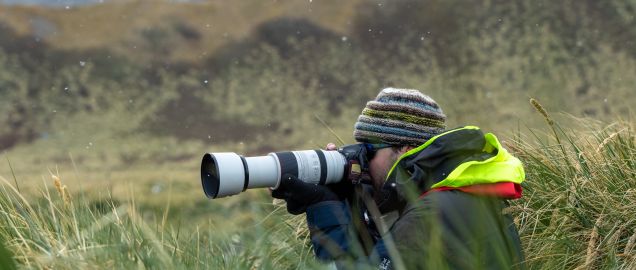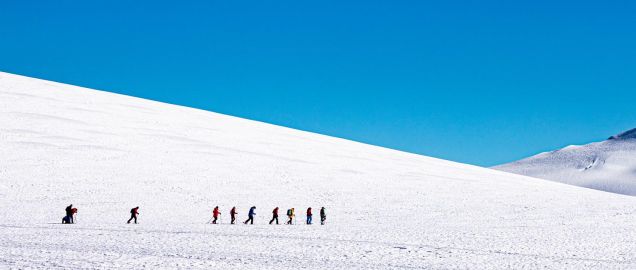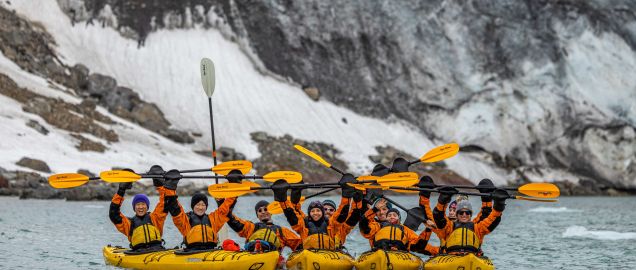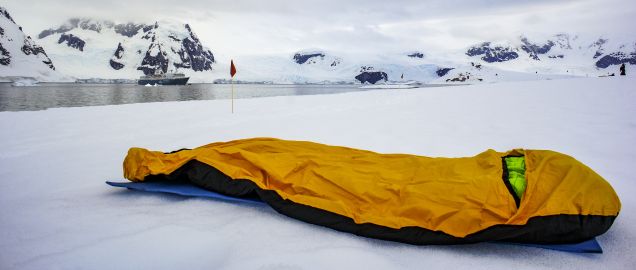We are thrilled to announce the official launch of our new website, Polar Latitudes Expeditions. Discover more in our latest news update, and visit our new website polar-latitudes.com.
Looking for excitement? A true expedition experience? Join this unique adventure where we have NO SET ITINERARY, and the rhythms of the sea, ice and wildlife will lead us to adventure.
Join us onboard our purpose-built, ice-class expedition vessels, Ocean Victory and Ocean Albatros to experience the majesty and wonder of Earth's last frontier up close and personal. Our vessels enable us to get closer to nature, with a fleet of Zodiac landing craft, a team of experienced expert expedition guides, and the Antarctic Peninsula as our spectacular destination.
Departing Argentina's southernmost city of Ushuaia, we cross the mighty Drake Passage en-route southwards. The unique X-Bow design of our expedition vessels offers exceptional stability at sea, giving you a smoother ride across some of Earth's most challenging waters, while the vessels' speed allows us to maximise our time in Antarctica to offer a superlative exploration experience.
Continuing southward from the South Shetland Islands, we will delve deeper into the inlets and bays of the Antarctic Peninsula, entering the famous Gerlache Strait, where glittering ice cliffs and precipitous peaks rise straight out of the frigid water. Icebergs, glaciers, mountains and rugged snowfields characterise this wildly beautiful alien landscape. Our skilled Captain and Expedition Leader will work hard to maximise opportunities to explore the White Continent. While wind, sea and ice conditions will dictate the exact locations we will visit, we will make Zodiac landings to allow guests to set foot on land and experience penguin rookeries, research stations and historical sites, and aim to Zodiac cruise in scenic areas filled with giant icebergs, whales and seals. Shore landings and Zodiac safaris will occupy our days, while our knowledgeable onboard Expedition Team will offer a selection of specially crafted lectures to inform your matchless expedition experience.
From the 'mainland' of the Peninsula, we set off southwards, aiming for the Antarctic Circle at 66°33′ South - a goal which has eluded many of the talented and driven explorers of yesteryear. Watch as the sun circles your vessel, never quite setting at this extreme latitude. This voyage has no set itinerary beyond the aim to reach the Circle - however, we always aim to visit locations which showcase the best of Antarctica; wildlife sightings and weather conditions will decide the exact sites we visit as we move with the rhythms of nature; perhaps a well known penguin colony will draw us west, and whale and seal sightings will draw us back again! Wherever the whims of Mother Nature take us, jaw-dropping scenery and landscapes are guaranteed! With an extra day to explore compared to our Classic Antarctic voyages, you will have even more time to experience the White Continent.
Dense pack ice forbids many ordinary vessels from reach this far south, but with PC6/1A ice ratings, Ocean Victory and Ocean Albatros can access areas off-limits for most ships. With an average occupancy of 175 guests aboard Ocean Victory and Ocean Albatros, our cruises offer a unique experience for the brave few.
Note: The Ultimate Antarctica Experience has early and late season departures. Please see The Peninsula in Depth for early season departures.
Facts about The Ultimate Antarctica Experience - Quest for the Circle
- Antarctica



